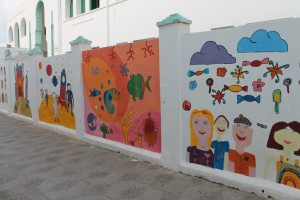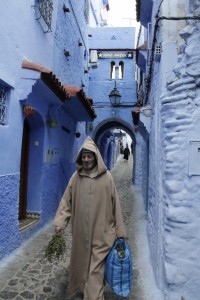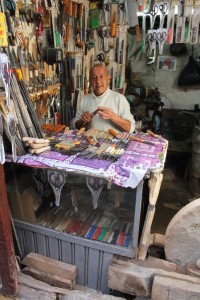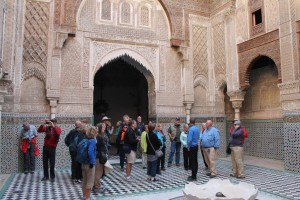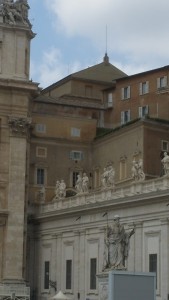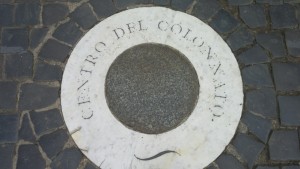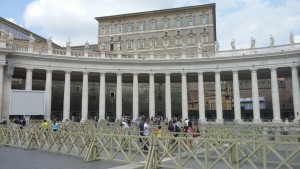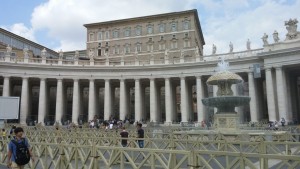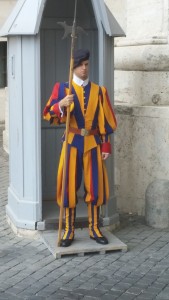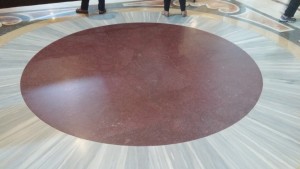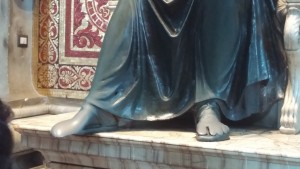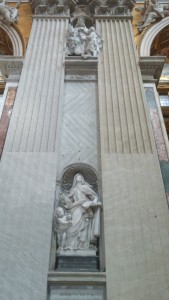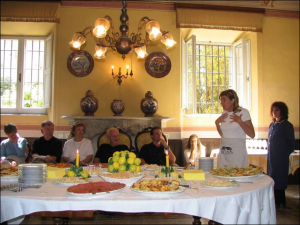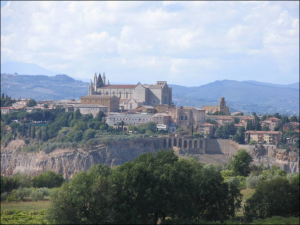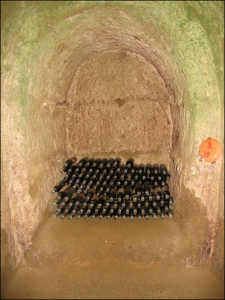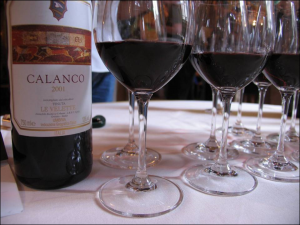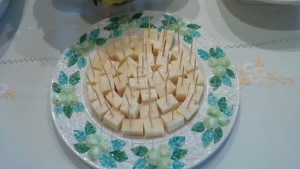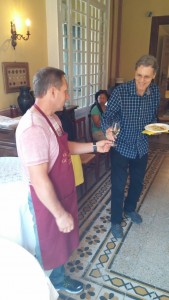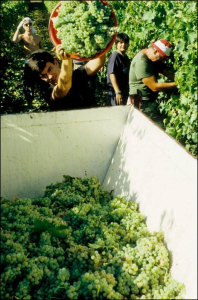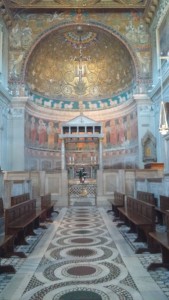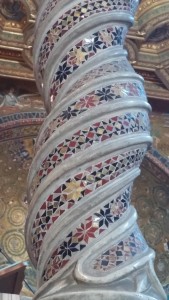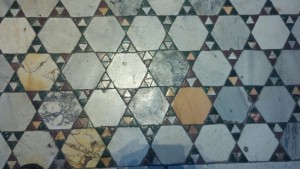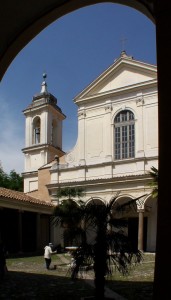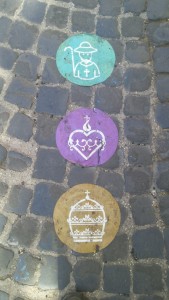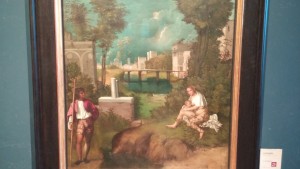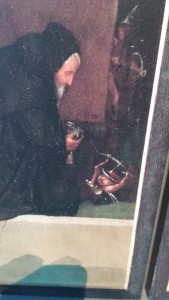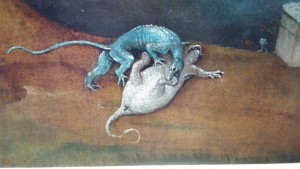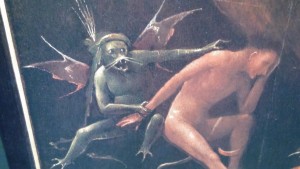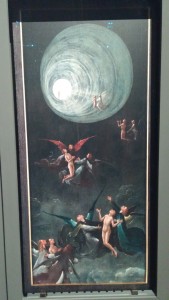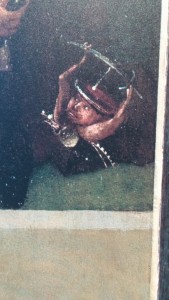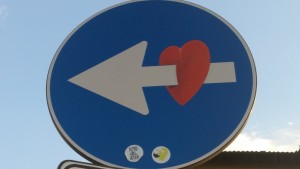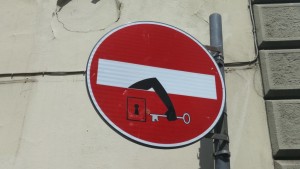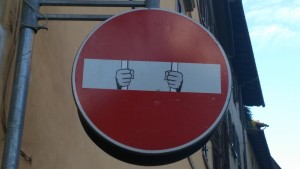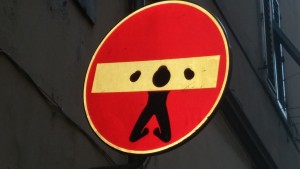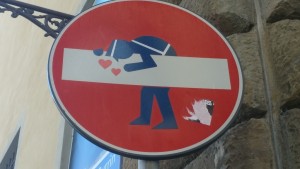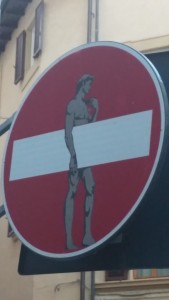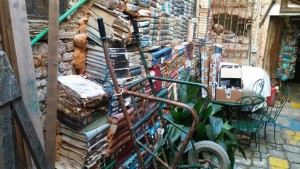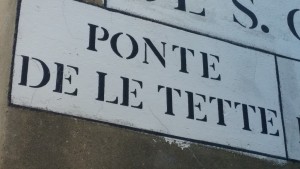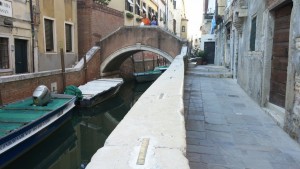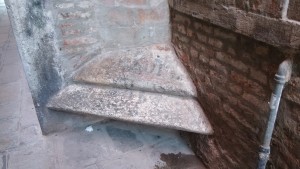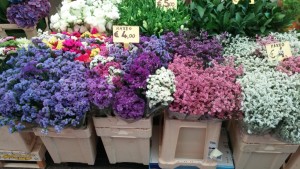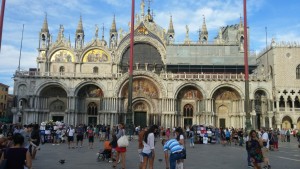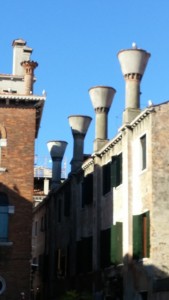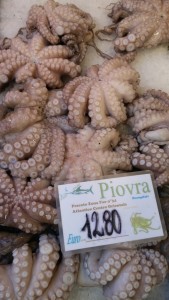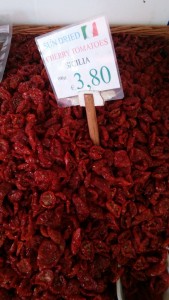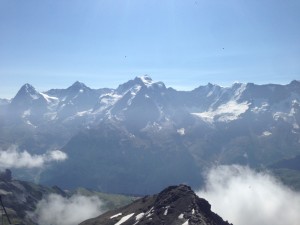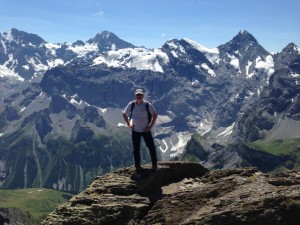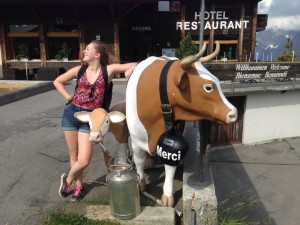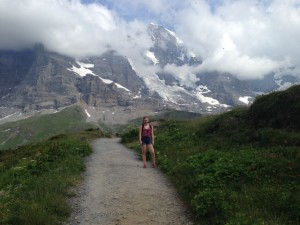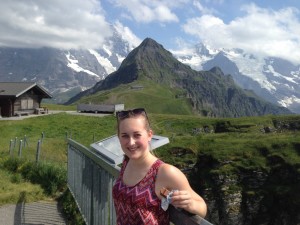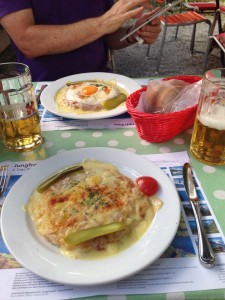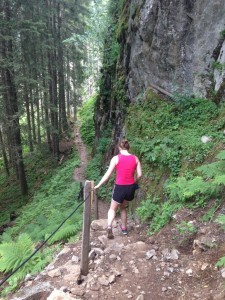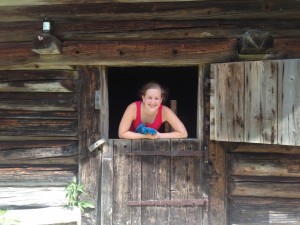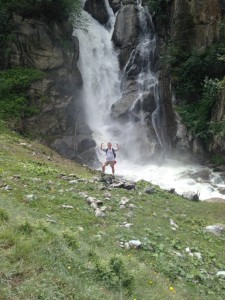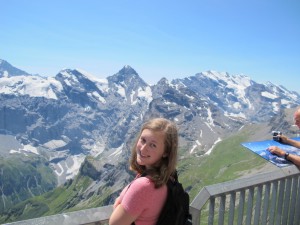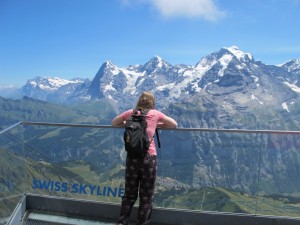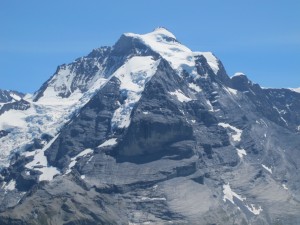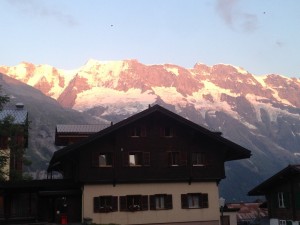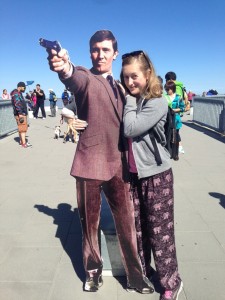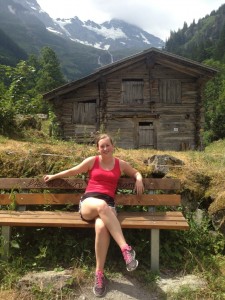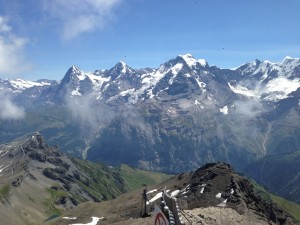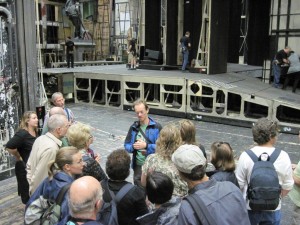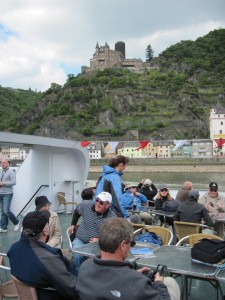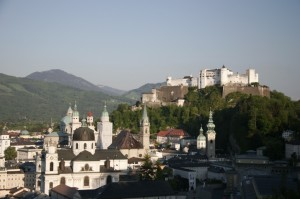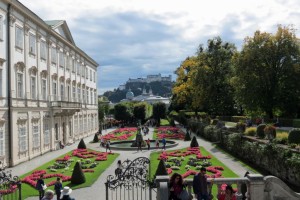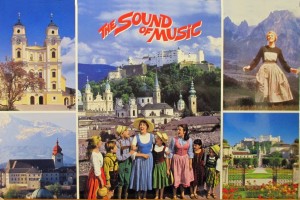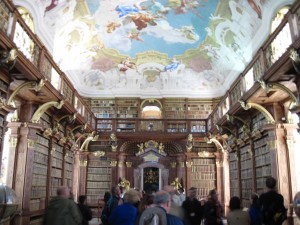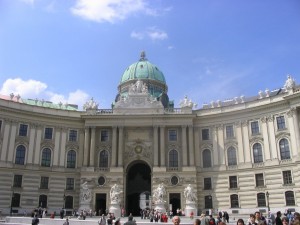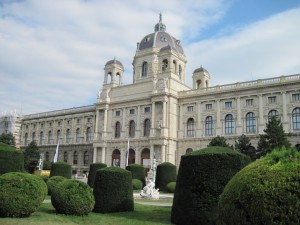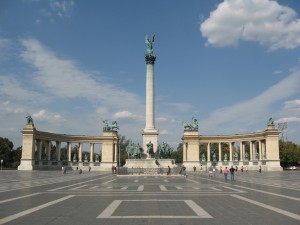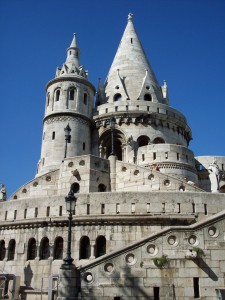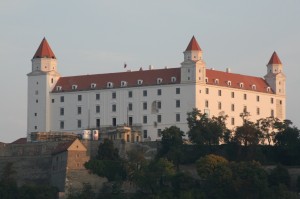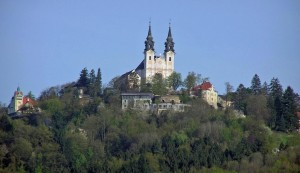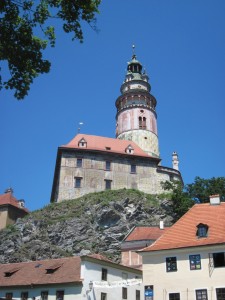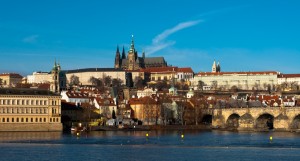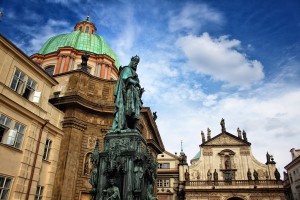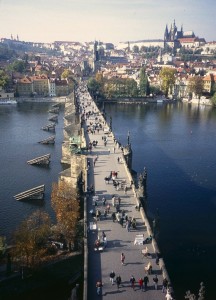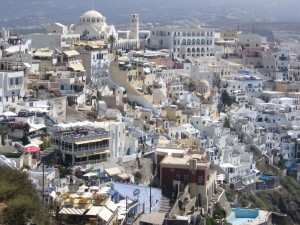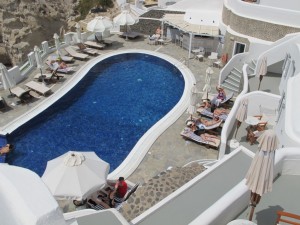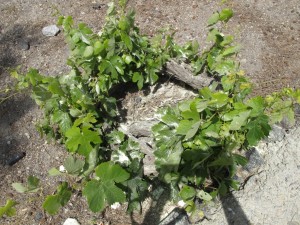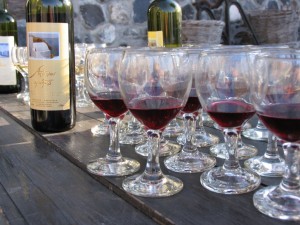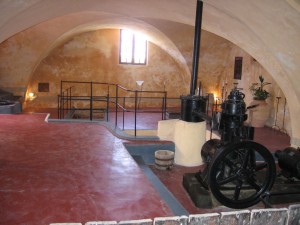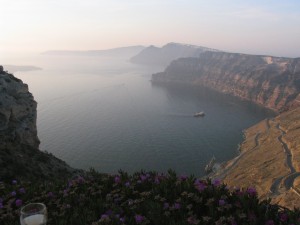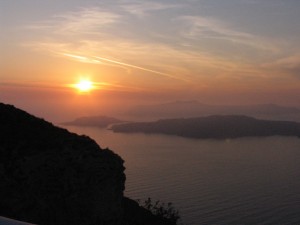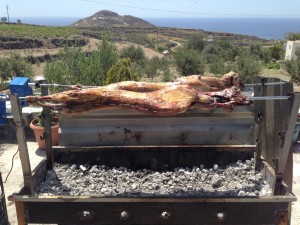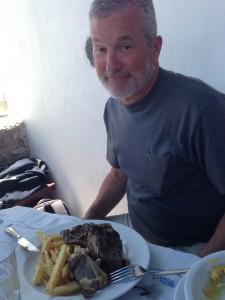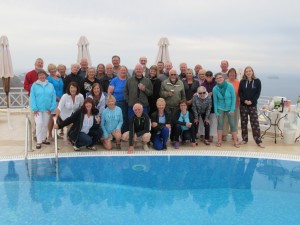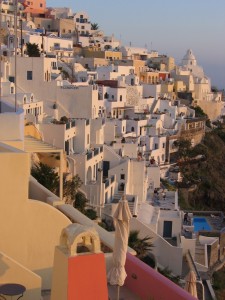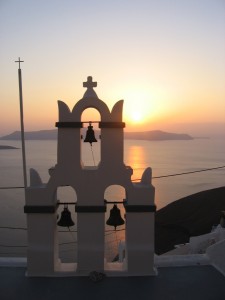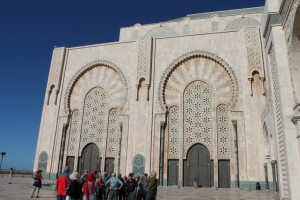 “Welcome. Yes welcome in Morocco everybody.” Our charming guide Tariq greeted us with these words several times each day on Imprint’s new tour of Morocco. The repetition seemed strange at first but we soon got used to it. First thinking it was a learned, “entertainment” phrase, I eventually realized it was a direct translation of a traditional Moroccan greeting. More than anything else, this phrase, and its daily repetition, embodied the spirit of the country. We WERE welcome. Genuinely, and from the heart - welcome in Morocco.
“Welcome. Yes welcome in Morocco everybody.” Our charming guide Tariq greeted us with these words several times each day on Imprint’s new tour of Morocco. The repetition seemed strange at first but we soon got used to it. First thinking it was a learned, “entertainment” phrase, I eventually realized it was a direct translation of a traditional Moroccan greeting. More than anything else, this phrase, and its daily repetition, embodied the spirit of the country. We WERE welcome. Genuinely, and from the heart - welcome in Morocco.
After a lifetime of travel, one starts to think a new destination will not hold any unique surprises. But my expectations of Imprint’s new foray into Morocco were way too low. This is an amazing travel destination. And perhaps more importantly, it is a country where Americans can experience a democratic, moderate Muslim culture and a safe travel environment. We are sorely in need of this exact experience in our current age and time.
At a time when fear dominates the American psyche, we need to be reminded that a great majority of Muslims are moderate, admire America, and welcome Americans. Morocco is the perfect place to experience it. Our guide Tariq was so proud of Morocco’s democratic institutions and moderate views. He repeatedly pointed out female police, cafes with men and women together, women in western dress, and taught us about educational initiatives targeting outmoded thinking and traditions. His enthusiasm was infectious and we found ourselves falling in love with his land.
As a bonus, we were left largely to our own devices and allowed to shop, observe, explore, and meander without hassle. However, if we engaged a local they always responded warmly. A smile was always reciprocated. A greeting always returned. And always we heard: welcome – from everyone. It would be hard to overstate how pleasant it is to be allowed our “western” space in a developing Islamic country. Morocco is a paradise for western visitors. We were welcome – and not just for what money we might spend. It was the truest kind of hospitality. “Welcome. Yes welcome in Morocco.”
In the next few weeks I’ll be writing about our travel experiences in Morocco. But the overriding travel lesson of this wonderful country is that we are not enemies, Muslims don’t hate us, and we share far more that draws us together than that which divides us. Mark Twain once wrote: "Travel is fatal to prejudice, bigotry, and narrow-mindedness, and many of our people need it sorely on these accounts.” That lesson was repeatedly reinforced on Imprint’s journey across Morocco.


